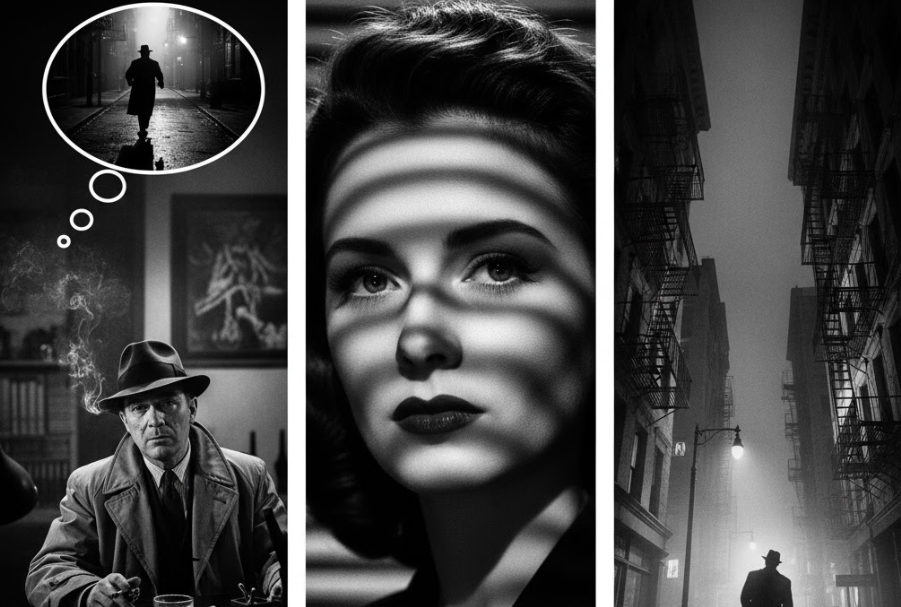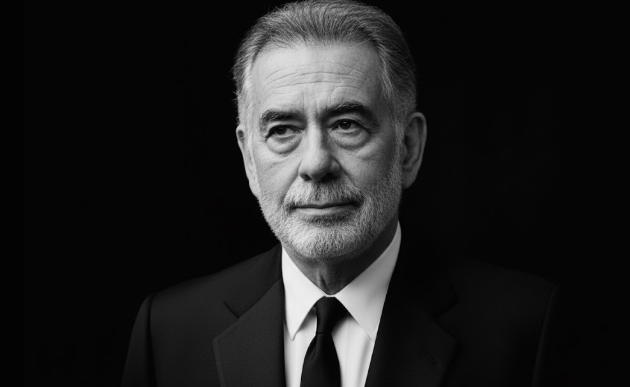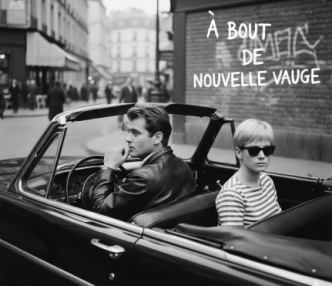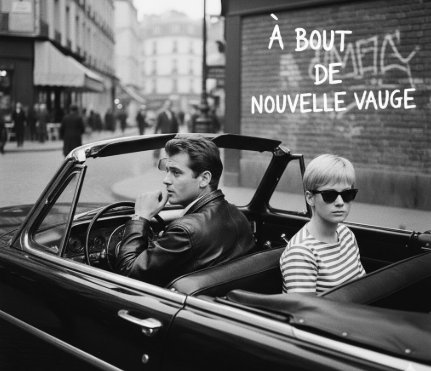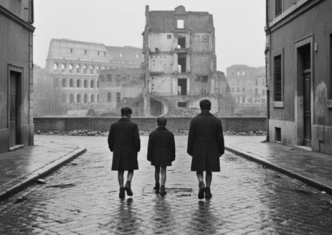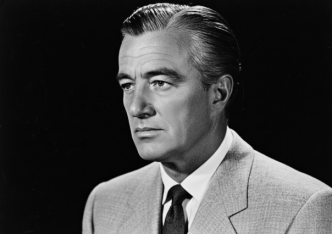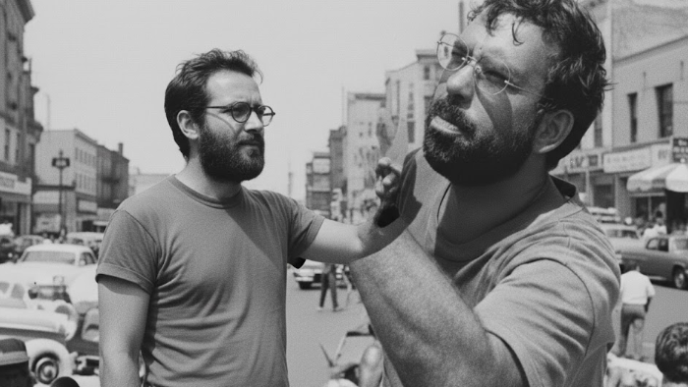Film noir is not a genre, but a style—a cinematic mood defined by cynicism, moral ambiguity, and a distinct visual language that has captivated audiences since the 1940s. Born from the shadows of German Expressionism and the terse prose of hardboiled detective fiction, noir’s techniques are designed to create a world of paranoia, entrapment, and psychological turmoil. While its classic period was in black and white, its influence is timeless. Understanding its core techniques reveals the craft behind its enduring power.
1. Low-Key, High-Contrast Lighting (Chiaroscuro)
This is the visual bedrock of film noir. The term chiaroscuro, borrowed from Renaissance painting, literally means “light-dark” and refers to the use of strong, dramatic contrasts between light and shadow. Noir cinematographers rejected the balanced, three-point lighting of classic Hollywood. Instead, they embraced a low-key approach where the key light is harsh and the fill light (which softens shadows) is minimized or eliminated entirely. This creates deep, exaggerated shadows that dominate the frame, concealing as much as they reveal. The goal is atmosphere: the shadows evoke mystery, hide threats, and visually represent the characters’ fractured psychological states.
2. The Anti-Hero Protagonist
Noir is defined by its protagonists, who are rarely traditional heroes. They are typically “anti-heroes”—cynical, world-weary men, often working as private detectives or just ordinary citizens who are morally ambiguous and alienated from society. These characters are often drifters or loners, haunted by their past and operating by their own personal, often tarnished, code. Whether a “hard-boiled” detective like Sam Spade in The Maltese Falcon or a hapless man lured into a criminal plot like Walter Neff in Double Indemnity, the noir protagonist is a flawed, often fatalistic figure who is ultimately powerless against the corrupt world he inhabits.
3. The Femme Fatale
The “fatal woman” is one of noir’s most iconic and complex archetypes. She is a seductive, mysterious, and dangerously alluring woman who uses her charm and sexuality to manipulate the male protagonist, often leading him into a deadly trap. The femme fatale is intelligent, independent, and refuses to be confined by traditional gender roles, which is why she represents a threat to the patriarchal order of the time. While often portrayed as the villain, she is frequently a victim of her circumstances, driven by a desperate need to escape a passionless marriage or a life of poverty. Her true nature is often revealed through visual cues, such as a shift in costume from light to dark colors.
4. The Labyrinthine Urban Setting
In film noir, the city is more than a backdrop; it is a character in itself—a corrupt, claustrophobic, and morally ambiguous maze. Noir stories unfold in the underbelly of the urban landscape: rain-slicked streets, shadowy back alleys, seedy bars, and cramped, anonymous hotel rooms. This setting enhances the themes of alienation, entrapment, and danger. The anonymity of the city isolates the characters, while its labyrinthine structure reflects their psychological confusion and the inescapable nature of their fate.
5. Expressive and Unbalanced Cinematography
Influenced by German Expressionism, noir cinematography uses unconventional camera angles to create a sense of disorientation and psychological unease. Dutch angles (or tilts), where the camera is slanted on its axis, make the world feel off-kilter and unstable. Extreme high-angle shots can make characters seem trapped and powerless, while low-angle shots can make them appear menacing or dominant. The camera often shoots through objects, framing characters within frames (like doorways or windows) to create a sense of voyeurism and confinement.
6. Voice-Over Narration and Flashbacks
Many classic noirs are structured around first-person voice-over narration, typically delivered by the male protagonist. This technique, borrowed from hardboiled fiction, creates a subjective and fatalistic tone, as the story is often told by a man who is already doomed, recounting the events that led to his downfall. This narration is frequently paired with a complex flashback structure, which fragments the narrative and reinforces the themes of inescapable fate and the unreliability of memory.
7. Patterned and Obscuring Shadows
A signature visual motif of film noir is the use of shadows as patterns. The most iconic example is the light from Venetian blinds, which casts stark, bar-like shadows across a character or a room, visually representing imprisonment, moral ambiguity, or a fractured psyche. Shadows are used to obscure faces, hiding a character’s intentions or suggesting their divided nature. This technique is not just stylistic; it is a narrative tool that builds suspense and communicates the film’s central themes of deception and hidden truths.
In the chiaroscuro world of film noir, light and shadow are more than visuals—they are morality itself. Decades after its classic era, noir’s language of doubt and desire still defines the way cinema explores the darkness within.
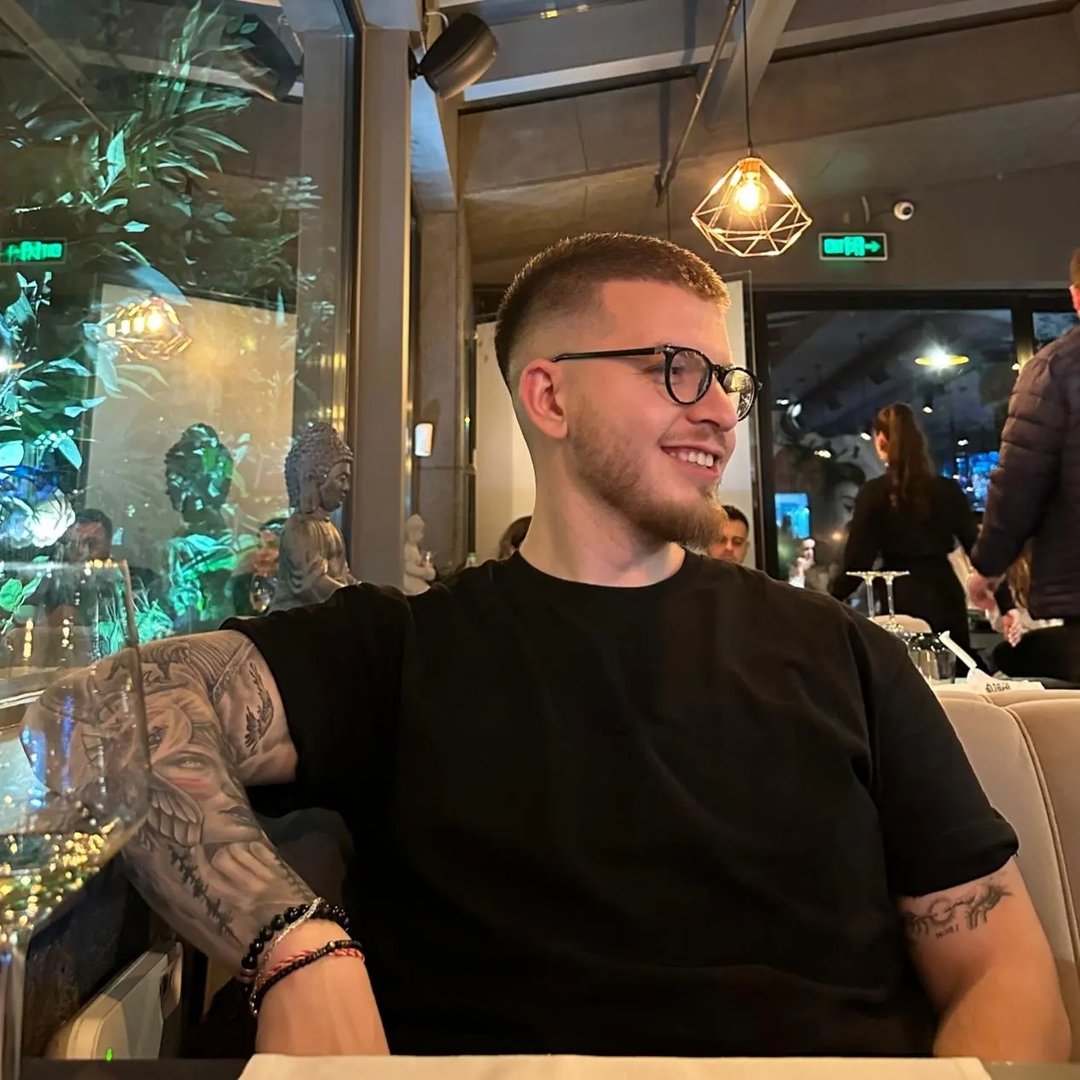
Dario Loce is the founder and editor of Celebrimous. He is a lifelong film enthusiast and the author of several locally-published books on cinema history and analysis. His passion is deconstructing the “how” and “why” of filmmaking, from the director’s vision to the editor’s cut. When not lost in a classic film, he’s usually walking through the city, replaying scenes in his mind like unfinished stories.

